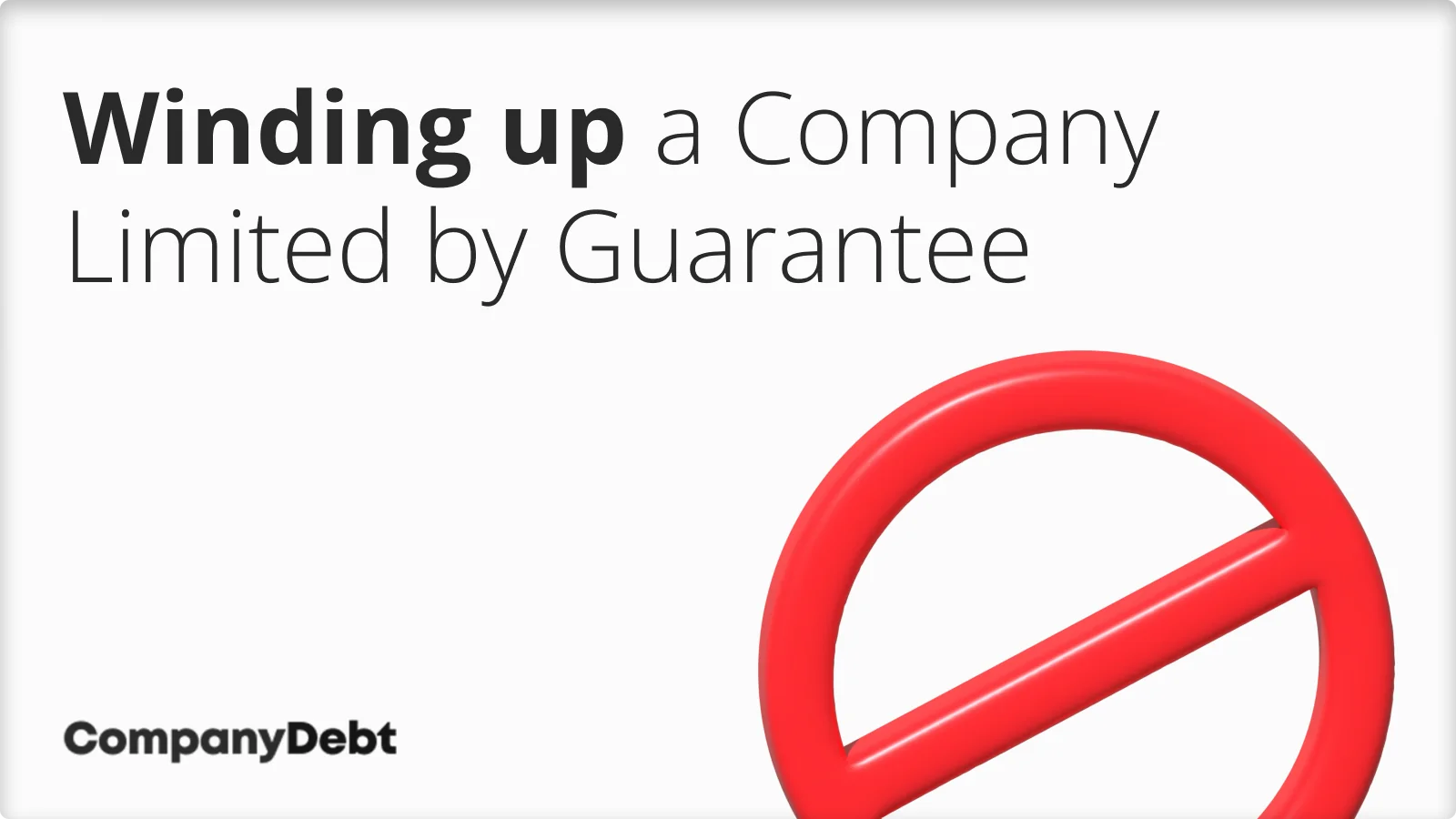
Winding up a Company Limited by Guarantee
A company limited by guarantee has no shareholders but instead is guaranteed by members who’ve agreed to a specific amount in the event of insolvency.
These are most commonly charitable institutions, but they might also be student unions, political parties, or sports clubs.
This article will explore the process of winding up a company limited by guarantee and what that might mean for those involved. We will cover both solvent ‘winding up’ and insolvent liquidation.

Liquidating a Company Limited by Guarantee
Voluntary winding up of a company limited by guarantee (LBG) or a Community Interest Company (CIC) follows a process much like that for a shareholder company. Members convene a meeting with proper notice to agree on a resolution for the company’s voluntary winding up.
In the event of insolvency, the same processes as a normal business are used – i.e. compulsory liquidation or voluntary liquidation – but the personal liability of directors (and members) is limited to the amount specified on the original guarantee. This is often something like £10.
The process begins with a resolution from the shareholders of the company. At least 75% of members must vote in favour of the resolution to wind up.
In the case of insolvent liquidation, the insolvency practitioner will have a primary duty to the creditors, so the sale of any assets will go directly to paying them what they are owed before the charity can be struck off.
But ‘winding up’ can also refer to solvent liquidation. So what’s the best process to close a solvent company, limited by guarantee, in a tax-efficient manner?
Is a CIC a company limited by guarantee?
In many cases, community interest companies (CICs) are limited by guarantee, though in a less common scenario, they can be limited by shares.
Solvent Liquidation of a Company Limited by Guarantee
Solvent liquidation, correctly referred to as members voluntary liquidation, is an ideal way to close a solvent company limited by guarantee if the company has assets. Members’ voluntary liquidations (MVLs) are managed by an insolvency practitioner who will dissolve assets or potentially pass them on to another charity, as is sometimes stated in the memorandum and articles.
Once the company has been struck off the Companies House Register, you must notify the Charity Commission so that they can also remove it from the Register of Charities.
What Does Winding Up Mean for Members of a Company Limited by Guarantee?
When a company limited by guarantee is wound up, the members usually face a few key implications. Firstly, they might have a liability limited to a certain amount, as stated in the company’s articles of association, to cover its debts. This amount is typically nominal.
Members do not stand to gain financially from the winding up. Any profits or surplus assets are generally directed towards specific purposes or transferred to a similar company, in line with the company’s objectives.
There can also be reputational impacts, especially if the winding up results from financial troubles or mismanagement. This could influence their future engagements with other organisations.
How Does Liquidation Work for a Registered Charity?
If you have any questions about liquidating a registered charity, or a company limited by guarantee, feel free to contact our experts for a free consultation.
Failing to minimise creditor losses could mean that directors become liable for some or all of the debts, despite the fact that it’s a charity, so it’s worth taking advice at the earliest possibly opportunity to gain a full understanding of your situation.
Do You Need Advice About Winding up a Company Limited by Guarantee?
Our expert team are on hand via live chat or telephone to offer you prompt advice about your situation.






